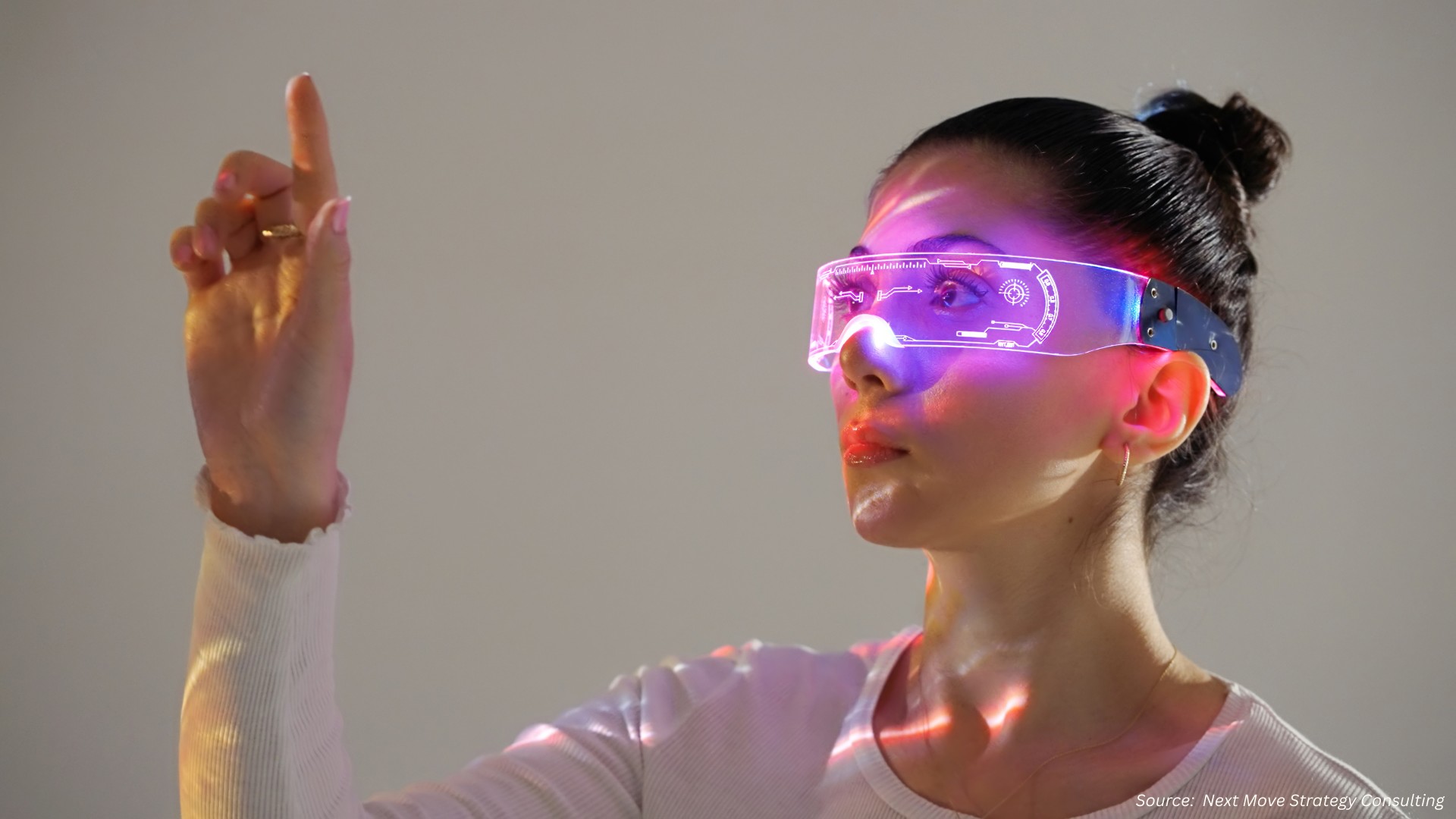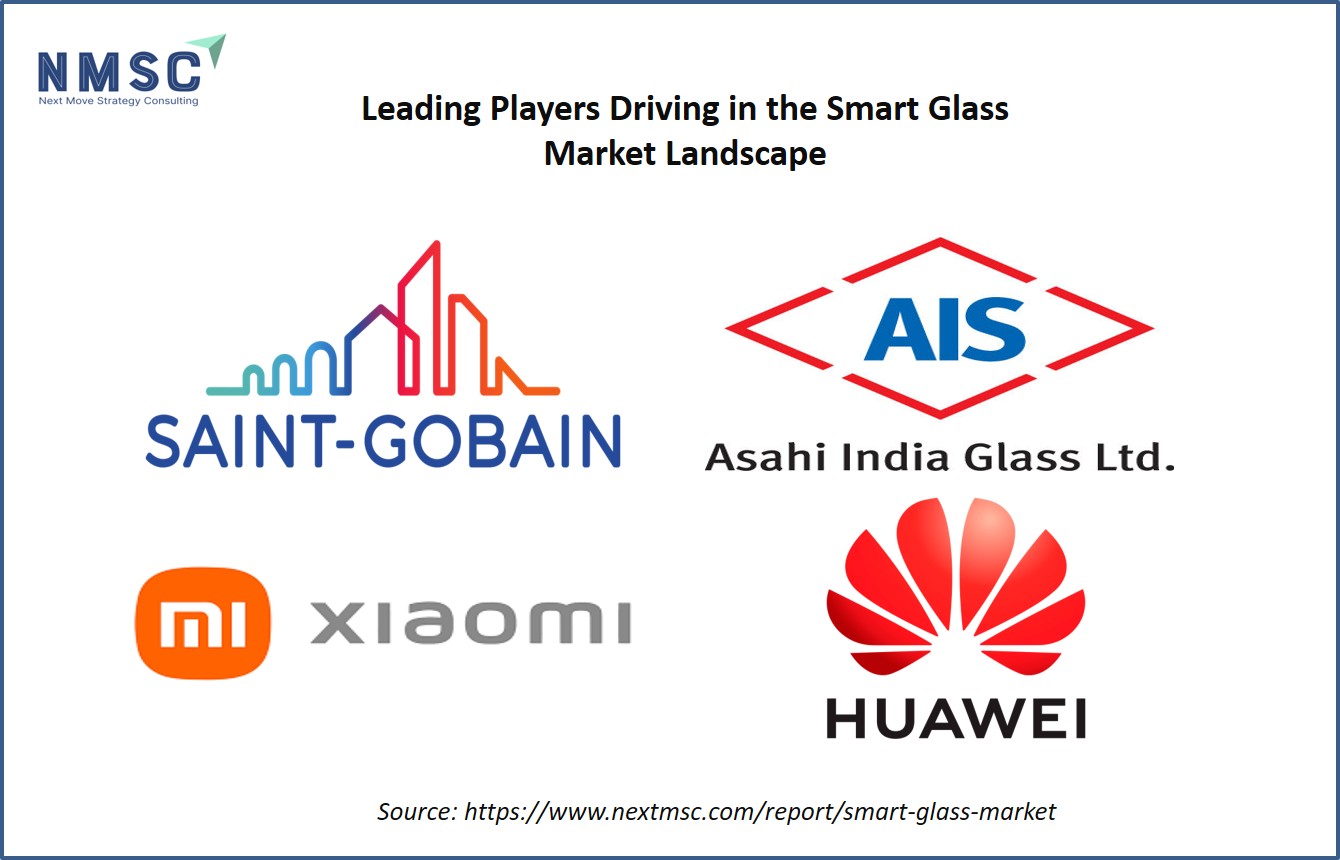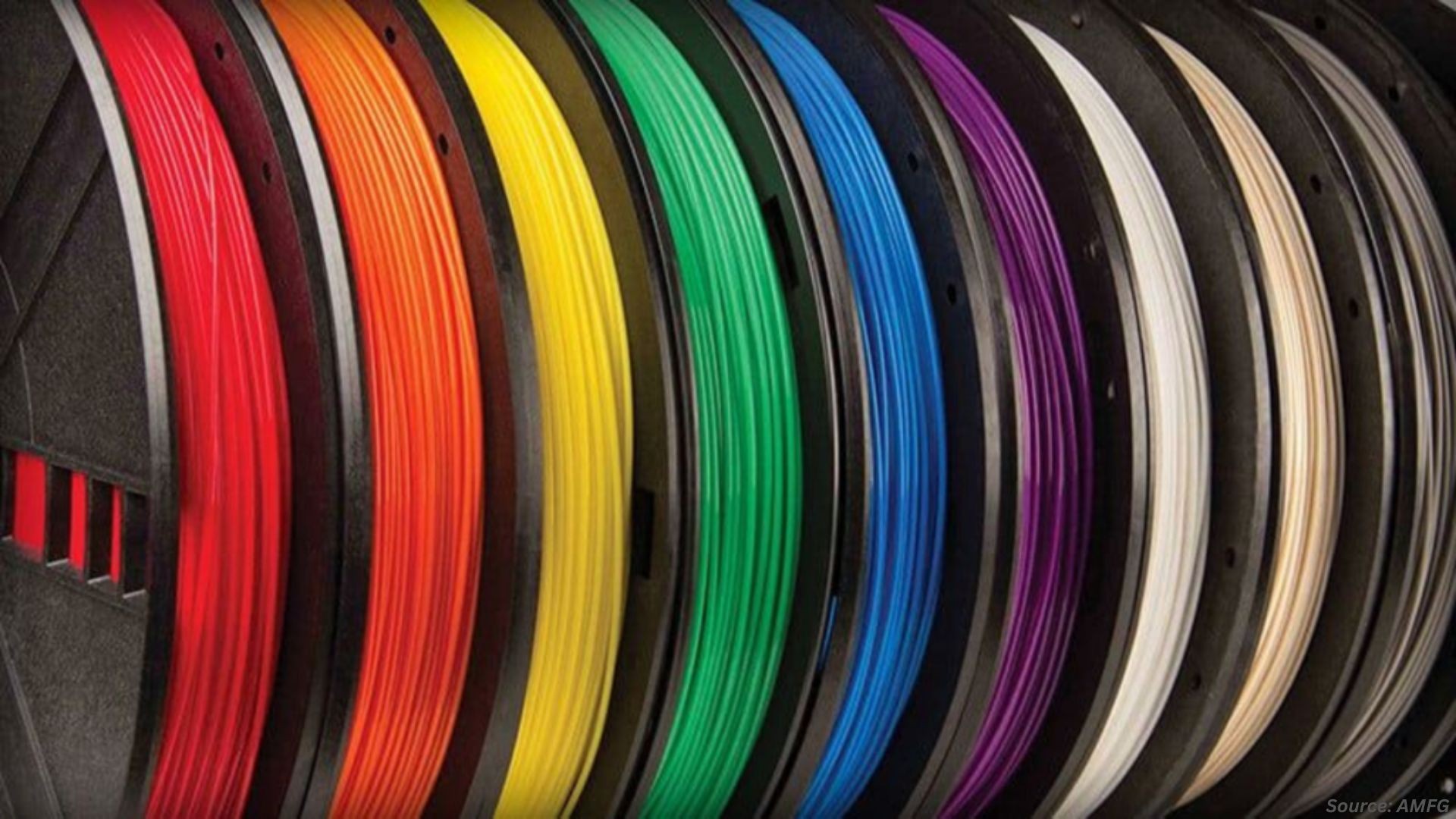Smart Glasses in 2025: The Future of Wearable Tech
Published: 2025-09-12

Smart glasses are no longer a futuristic dream—they are here, transforming how we interact with the world. In 2025, these wearable devices are gaining traction, blending augmented reality (AR) and extended reality (XR) into lightweight, stylish frames.
The Rise of Smart Glasses: Market Boom in 2025
The smart glasses market is experiencing explosive growth. According to Tech in Asia, Global smart glasses shipments surged by around 110% in the first half of 2025. This surge reflects growing consumer and enterprise interest in wearable tech that enhances productivity, entertainment, and connectivity.
According to the report by Next Move Strategy Consulting, the global Smart Glass Market size is expected to reach USD 11.74 billion by 2030, with a CAGR of 10% from 2024 to 2030.
Why the Surge?
Several factors are driving this growth:
-
Technological Advancements: Improved optics and chipset, like Qualcomm’s Snapdragon XR, make glasses lighter and more powerful.
-
Consumer Appeal: Sleek designs and practical applications, such as navigation and gaming, attract mainstream users.
-
Enterprise Adoption: Businesses use smart glasses for remote collaboration, training, and data visualization.
Key Data Point
-
Shipments of smart glasses globally increased by about 110% year-on-year in H1 2025.
The smart glasses market is thriving due to technological innovation and diverse applications. The 110% surge of shipments in 2025 signals strong demand and a maturing ecosystem.
Who Are the Key Players Driving the Smart Glass Market?
The smart glass market includes leading players such as Saint-Gobain, Asahi Glass, NSG Group, Xiaomi, Huawei, Merck KGaA, View Inc., Smart Glass International, RavenWindow, Gauzy, and others. These companies are focusing on strategic collaborations with automotive and aerospace component manufacturers, alongside pursuing mergers, acquisitions, and product development initiatives to strengthen their market presence.
Xreal’s Project Aura: A Game-Changer in XR
At Google I/O 2025, Xreal unveiled Project Aura, the second pair of smart glasses to run Google’s Android XR operating system. This collaboration between Xreal, Google, and Qualcomm marks a pivotal moment in the XR space.
What Makes Project Aura Special?
Project Aura stands out for its innovative design and technology:
-
Lightweight Design: Unlike bulky headsets like Apple’s Vision Pro, these “optical see-through” glasses prioritize comfort and portability.
-
Powered by Qualcomm: The glasses use Snapdragon XR chips, optimized for XR performance.
-
Google’s Android XR: The operating system ensures seamless integration with apps and developer ecosystems.
-
Features: It include built-in cameras, microphones, and control buttons, integrated into a lightweight design.
Strategic Impact
This partnership positions Google to compete with Meta and Apple in the XR market. Xreal’s CEO, Chi Xu, described it as “a breakthrough moment for real-world XR,” combining Google’s platform, Qualcomm’s chips, and Xreal’s optical expertise. More details will be revealed at the Augmented World Expo in June 2025.
Project Aura is a bold step forward, blending cutting-edge hardware and software to make XR accessible. Its lightweight design and powerful partnerships set it apart in a competitive market.
How Smart Glasses Compare: A Quick Look
|
Feature |
Xreal Project Aura |
Apple Vision Pro |
Samsung Project Moohan |
|
Operating System |
Android XR |
visionOS |
Android XR |
|
Form Factor |
Lightweight glasses |
Bulky headset |
Headset |
|
Chipset |
Qualcomm Snapdragon |
Apple silicon |
Qualcomm Snapdragon XR |
|
Key Advantage |
Portable, optical |
High-resolution display |
First Android XR headset |
|
Announced |
Google I/O 2025 |
2024 |
Dec-24 |
Project Aura offers a lightweight alternative to bulkier headsets, leveraging Android XR and Qualcomm’s chips to compete with industry giants.
Why Android XR Matters
Android XR, launched in late 2024, powers both Samsung’s Project Moohan (the first official Android XR headset) and Xreal’s Project Aura, making it central to the smart glasses revolution.
Benefits of Android XR
-
Developer Appeal: A standardized platform encourages app development for XR devices.
-
Scalability: Supports various form factors, from glasses to headsets.
-
Accessibility: Lightweight devices like Project Aura make XR more user-friendly.
Android XR is Google’s strategic move to dominate the XR market, offering a versatile platform that bridges hardware and software innovation.
What’s Next for Smart Glasses?
The smart glasses market is poised for further growth. With shipments surging by about 110% in 2025 and new devices like Project Aura entering the fray, the technology is becoming more accessible and versatile.
Future Trends
-
Improved Optics: Advances in optical see-through technology will enhance clarity and immersion.
-
Wider Applications: From gaming to remote work, smart glasses will expand into new use cases.
-
Affordability: As production scales, prices may drop, boosting adoption.
The future of smart glasses is bright, with technological advancements and market growth paving the way for mainstream adoption.
Next Steps: How to Engage with Smart Glasses in 2025
Here are actionable steps to stay ahead:
-
Follow Industry Events: Attend or follow the Augmented World Expo in June 2025 for updates on Project Aura and other devices.
-
Explore Android XR Apps: Check out the Google Play Store for XR-compatible apps to understand their potential.
-
Research Use Cases: Investigate how smart glasses can enhance your work or lifestyle, from AR navigation to virtual collaboration.
-
Stay Informed: Monitor trusted sources like Tech in Asia and The Times of India for market trends and product launches.
-
Consider Enterprise Solutions: If you’re a business, explore smart glasses for training or remote support to boost efficiency.
Final Thoughts: Smart glasses like Xreal’s Project Aura are redefining wearable tech in 2025. With a 110% surge in the market and powerful partnerships, now is the time to pay attention to this transformative technology.
About the Author
 Nitrishna Sonowal is a skilled SEO Executive and Content Writer with over 3 years of experience in the digital marketing industry. With a deep understanding of the ever-evolving digital landscape, she blends analytical insights with creative storytelling to deliver impactful digital solutions. She creates content that resonates with both clients and readers alike. Outside of work, she enjoys dancing, baking, and traveling to new places.
Nitrishna Sonowal is a skilled SEO Executive and Content Writer with over 3 years of experience in the digital marketing industry. With a deep understanding of the ever-evolving digital landscape, she blends analytical insights with creative storytelling to deliver impactful digital solutions. She creates content that resonates with both clients and readers alike. Outside of work, she enjoys dancing, baking, and traveling to new places.
About the Reviewer
 Sanyukta Deb is a skilled Content Writer and Digital Marketing Team Leader, specializing in online visibility strategies and data-driven campaigns. She excels at creating audience-focused content that boosts brand presence and engagement, while also pursuing creative projects and design interests.
Sanyukta Deb is a skilled Content Writer and Digital Marketing Team Leader, specializing in online visibility strategies and data-driven campaigns. She excels at creating audience-focused content that boosts brand presence and engagement, while also pursuing creative projects and design interests.

















Add Comment